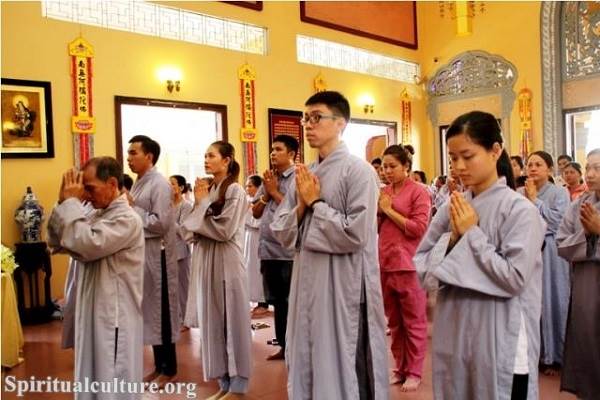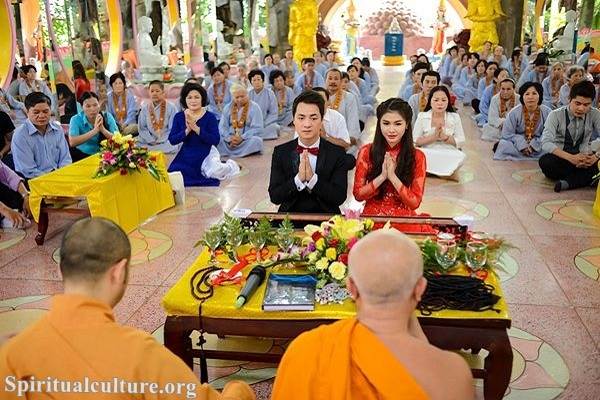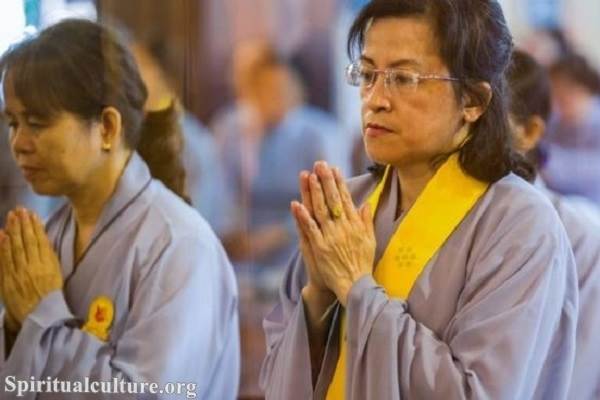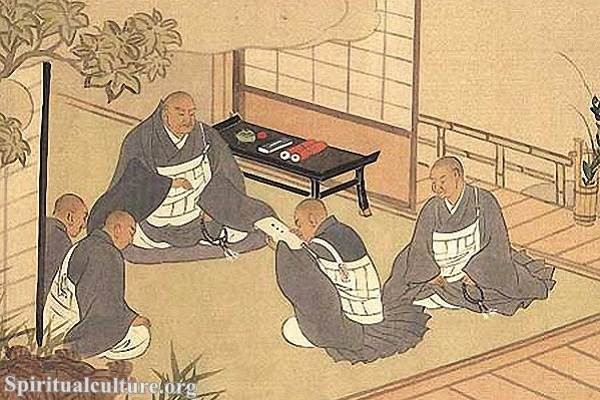The Amitabha Buddha is one of the Five Dhyani Buddhas in Mahayana Buddhism, including Vairochana, Akshobhya, Ratnasambhava, Amitabha, and Amoghasiddhi. These five Buddhas represent the five aspects of the Buddha’s nature and represent the Five Wisdoms.
The Amitabha Buddha is associated with the wisdom of the Dharmadhatu, reality’s realm, and the color red. He is also associated with the skandha of consciousness and the element of fire. Amitabha is considered to be the Buddha of the Western Pure Land of Sukhavati, which is said to be a paradise where beings can be reborn and attain enlightenment.
In Pure Land Buddhism, reciting Amitabha’s name or chanting “Namo Amituofo” is believed to be the easiest and most effective way to be reborn in Sukhavati. According to the Pure Land sutras, Amitabha made a vow that anyone who calls upon his name with sincere faith and devotion will be reborn in his Pure Land.
The Amitabha Buddha is also often depicted in art holding a lotus flower, which symbolizes his ability to guide beings from the muddy world of samsara to the pure land of enlightenment. He is also often shown with a crown on his head, representing his status as a king of the Pure Land.
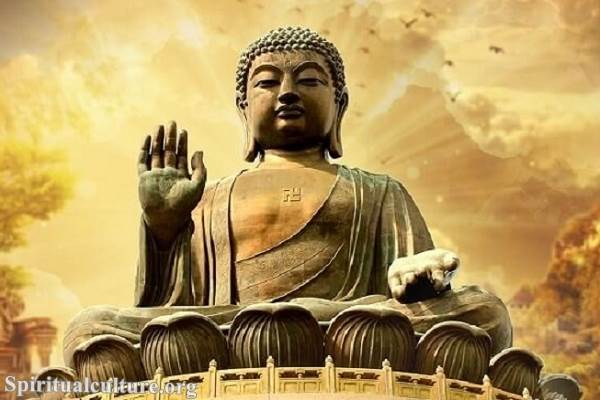
In many Mahayana Buddhist traditions, Amitabha Buddha is considered to be one of the most important and revered figures in the pantheon of Buddhas. Some people also believe that Amitabha is a cosmic Buddha who has the power to help people who recite his name to reach enlightenment.
In addition to his role in Pure Land Buddhism, Amitabha Buddha is also an important figure in other Mahayana Buddhist traditions. In the Tiantai and Tendai schools of Chinese Buddhism, Amitabha is considered to be the embodiment of the “Original Vow” of all Buddhas, which is the vow to save all sentient beings. In the Nichiren school, Amitabha Buddha is considered the original Buddha, giving rise to the historical Buddha Shakyamuni.
The Amitabha Buddha is also often paired with his consort, Pandaravasini, who is also known as Guan Yin or Kuan Yin in Chinese. Pandaravasini is the personification of the “Perfection of Wisdom” and is considered to be the mother of all Buddhas. Together, Amitabha Buddha and Pandaravasini are seen as the ultimate refuge for all beings seeking liberation.
The Amitabha Buddha is a very popular Buddha in East Asia, particularly in China, Japan, and Korea. Many people have built and maintained temples and shrines dedicated to Amitabha, and there are many statues of Amitabha in these countries. Many people also recite his name as part of their daily practice.
In summary, Amitabha Buddha is a celestial Buddha in Mahayana Buddhism, the principal Buddha in Pure Land Buddhism, and one of the Five Dhyani Buddhas. He is associated with the wisdom of the Dharmadhatu, the realm of reality as it is, and the color red. He is also associated with the skandha of consciousness and the element of fire. He is considered to be the Buddha of the Western Pure Land of Sukhavati, and it is said that those who sincerely call upon his name will be reborn in his pure land, where they can attain enlightenment.
